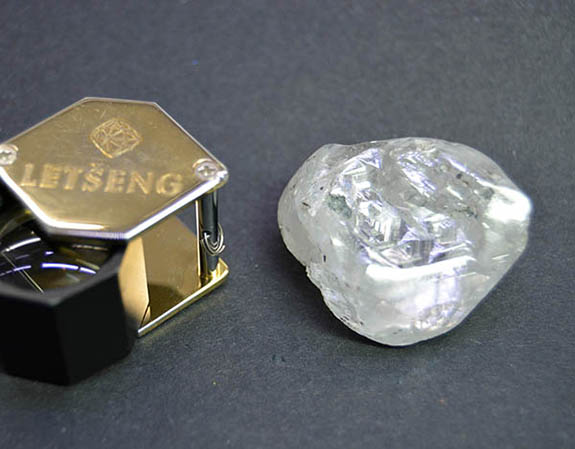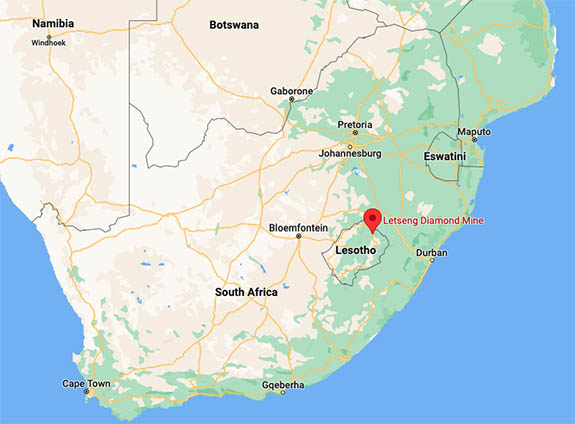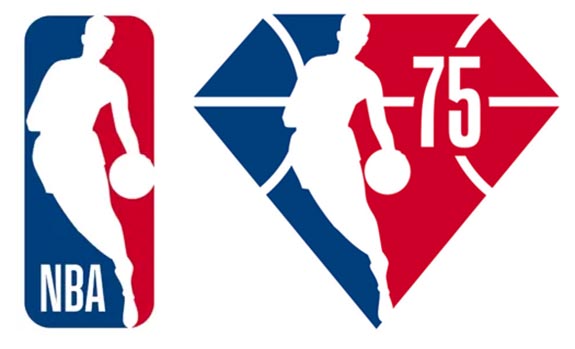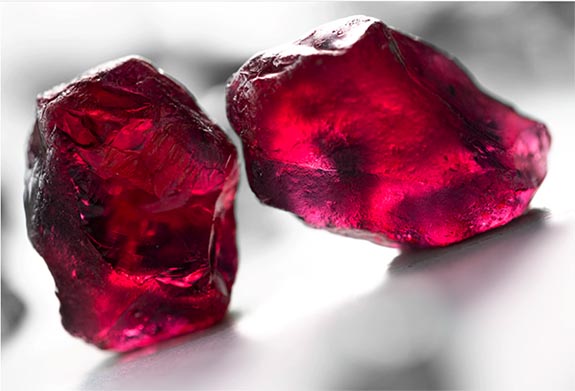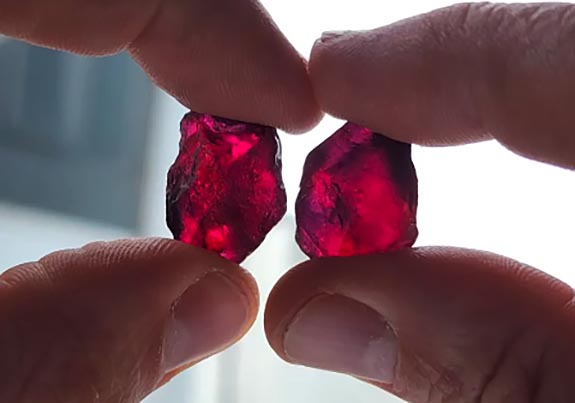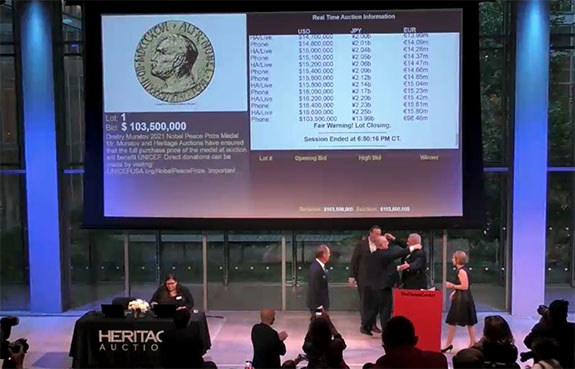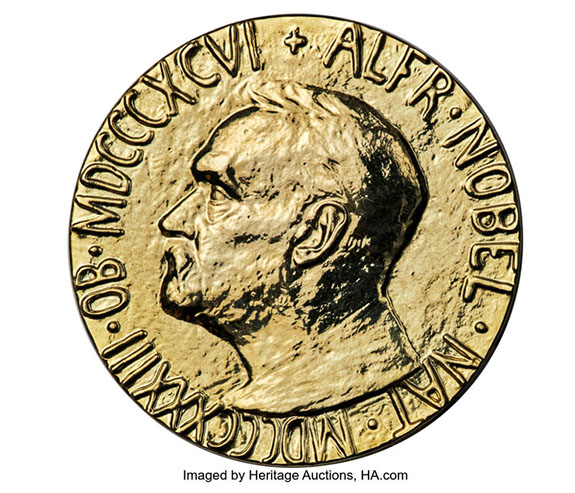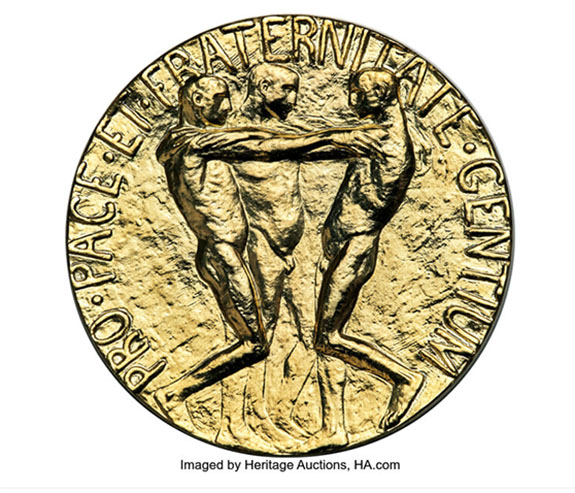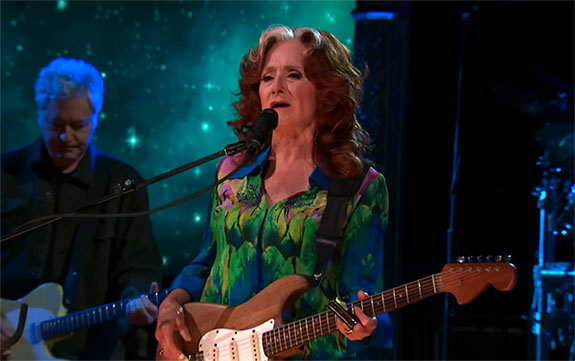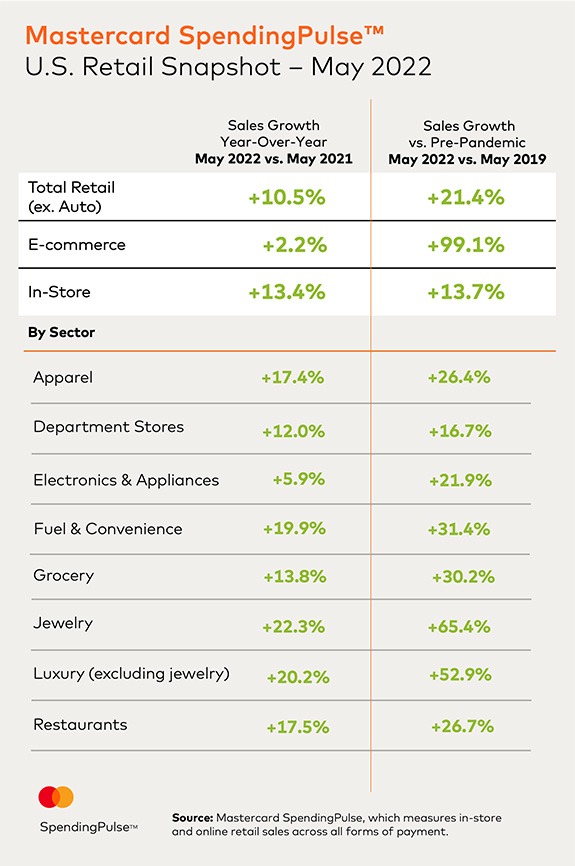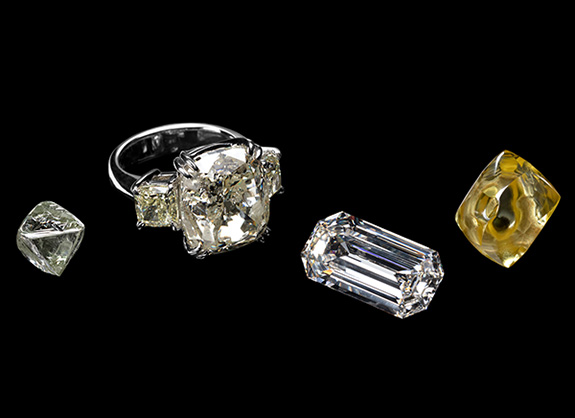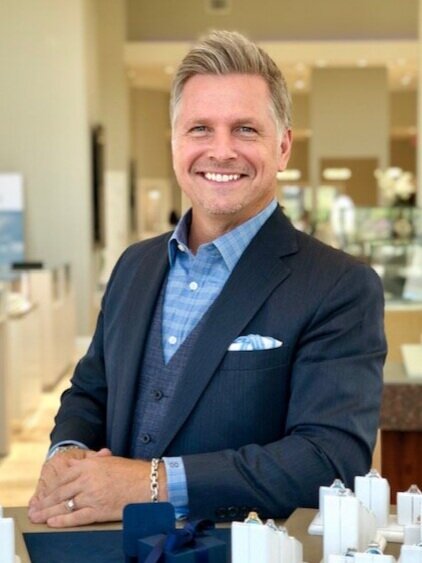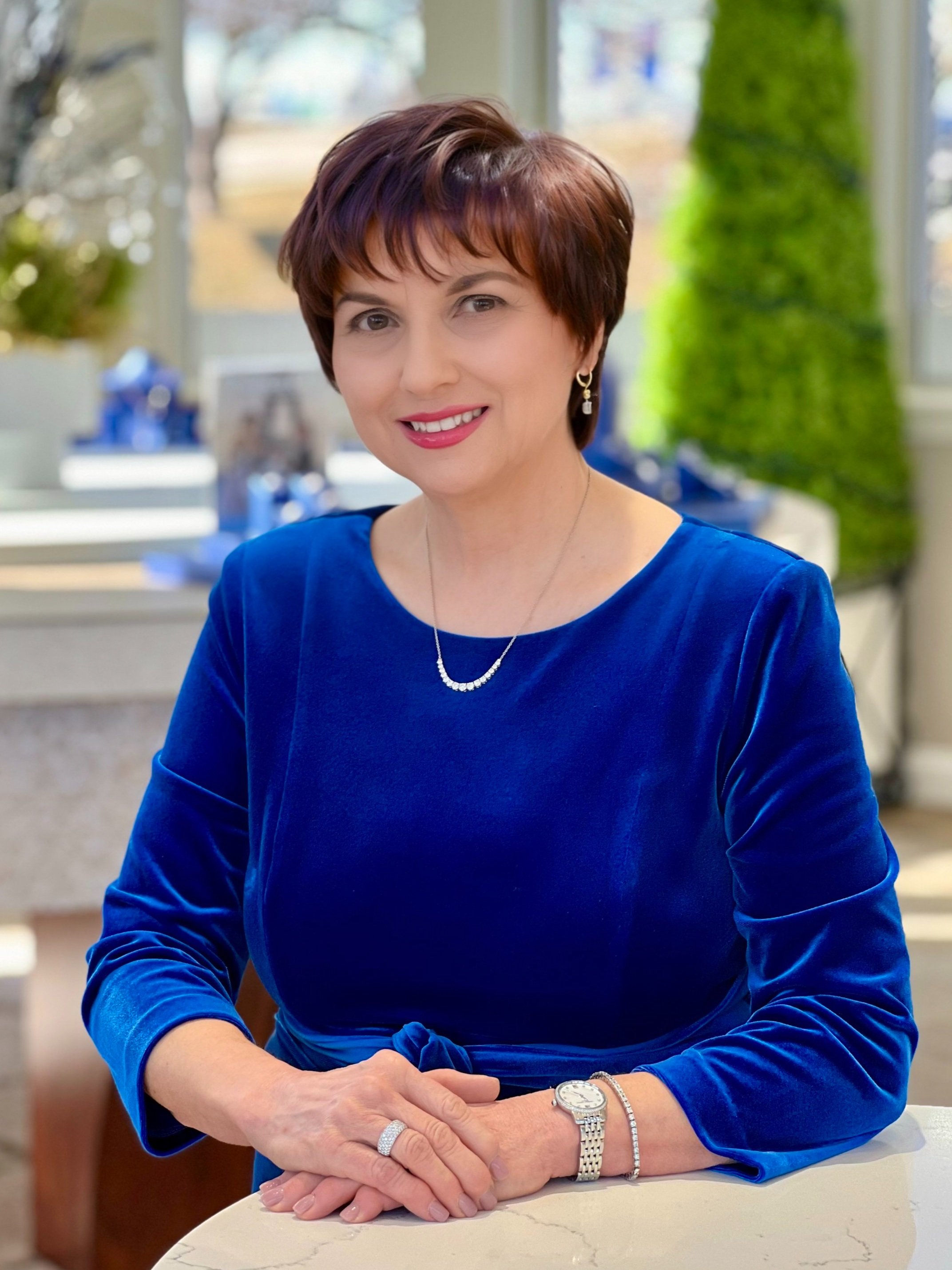Two miles above sea level in the rarefied air of the tiny, landlocked Kingdom of Lesotho, twin diamond mines are churning out some of the largest and highest-value diamonds in the world.
Continuing a run of impressive discoveries, Gem Diamonds announced that it had recovered an exceptional 245-carat white Type II diamond from its Letšeng mine.
The mining company's newsworthy find is the third 100+ carat diamond unearthed this year and the 121st since Gem Diamonds acquired Letšeng in 2006. (Type II diamonds are extremely rare, colorless and chemically pure with no traces of nitrogen impurities.)
An aerial view of the Letšeng site shows side-by-side diamond mines — the Main and Satellite kimberlite pipes. The pits are currently just over 250 meters deep and have a planned final depth of 450 meters, placing them among the deepest pits in the world. Ironically, at twice the elevation of Denver, Letšeng is also one of the world's highest diamond mines.
Despite a land mass about the size of Maryland (12,407 square miles) and a population less than that of Houston (2.3 million), Lesotho flexes its muscles on the world diamond stage.
Among the country's highest-profile rough diamonds are the Lesotho Legend (910 carats, sold for $40 million), Lesotho Promise (603 carats, $12.4 million), Letšeng Star (550 carats, undisclosed amount), Lesotho Legacy (493 carats, $10.4 million), Light of Letšeng (478 carats, $18.4 million), Letšeng Icon (439 carats, $16.1 million), Letšeng Princess (367 carats, $9.6 million), Letšeng Dynasty (357 carats, $19.3 million) and the Letšeng Destiny (314 carats, undisclosed amount).
The destiny of the unnamed 245-carat diamond has yet to be determined. About 40% to 60% of a diamond's weight is typically lost during the cutting and polishing process, so there is a very good chance that the sizeable rough will yield a gem-quality faceted stone larger than 100 carats.
The United Kingdom-based Gem Diamonds holds a 70% stake in the Letšeng mine with the government of Lesotho owning the remaining 30%. In October 2019, the partners renewed the mining lease for an additional 10 years. Gem Diamonds claims the Letšeng site generates the highest average dollar per carat of any kimberlite diamond mine in the world.
Trivia: Lesotho is one of only three countries fully surrounded by another country. Lesotho is encircled by South Africa, while San Marino and The Vatican are fully contained within Italy.
Credits: Diamond and mine images courtesy of Gem Diamonds. Map by Google Maps.

